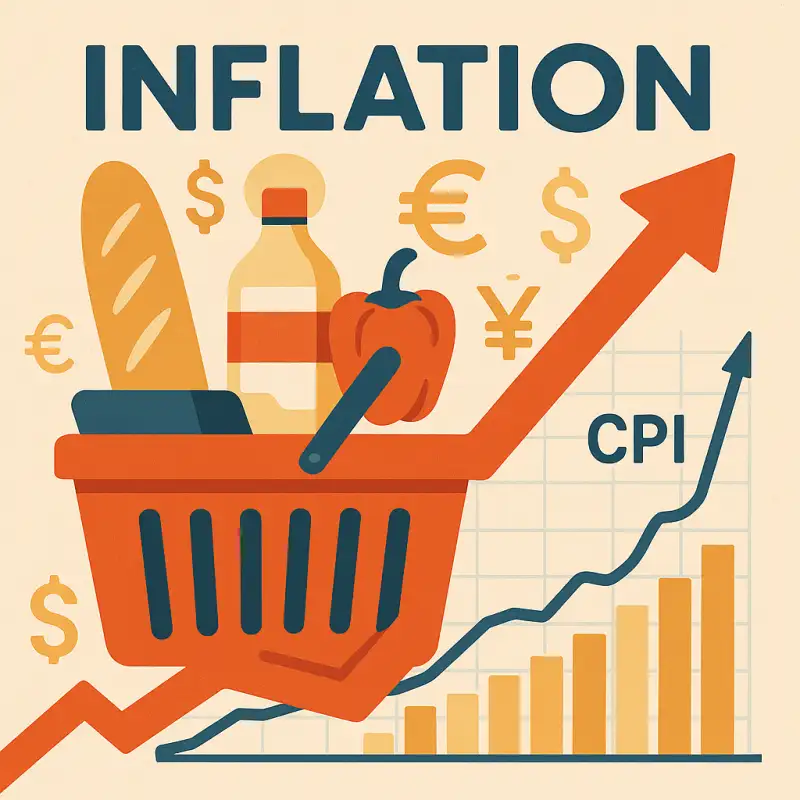7th Pay Commission Explained in Simple Words
If you are a government employee, pensioner, or someone preparing for a government job, you must have heard about the 7th Pay Commission. But what exactly is it? Don’t worry; in this article, we will explain everything about the 7th Pay Commission in a simple and clear way.
What is a Pay Commission?
A Pay Commission is a group formed by the Government of India to review and recommend changes in the salary structure, allowances, and pensions of government employees.
So far, India has had 7 Pay Commissions since 1947.
What is the 7th Pay Commission?
The 7th Pay Commission was set up on 28 February 2014 under the chairmanship of Justice A. K. Mathur. It submitted its report on 19 November 2015, and the recommendations came into effect from 1 January 2016.
Who Benefits from the 7th Pay Commission?
The following people get benefits under the 7th Pay Commission:
- Central Government Employees
- Pensioners
- Defence Personnel
- Railway Employees
- Postal Employees
- Autonomous Bodies funded by the central government
Total impact: Around 1 crore people (50 lakh employees and 58 lakh pensioners).
Features of the 7th Pay Commission
1. Minimum Pay Increased
- Old (6th Pay): ₹7,000/month
- New (7th Pay): ₹18,000/month
2. Maximum Pay Fixed
- ₹2,50,000/month (Cabinet Secretary)
3. Fitment Factor
- A fixed multiplication number = 2.57
- Example: If your basic pay was ₹10,000 earlier, new pay = ₹10,000 × 2.57 = ₹25,700
4. Pay Matrix Introduced
- Replaced old Pay Band + Grade Pay system
- Easier to understand
- Pay levels (Level 1 to Level 18) now show salary directly
What is the Pay Matrix?
The Pay Matrix is a simple table that shows the salary structure. Each government job has a level, and that level decides your basic pay. For example:
Pay Level | Entry Pay
Level 1 | ₹18,000
Level 2 | ₹19,900
Level 10 | ₹56,100
Level 13 | ₹1,18,500
Employees move to higher levels and pay slabs through promotions and increments.
Major Allowances in the 7th Pay Commission
The commission reviewed and rationalized over 196 allowances. Some major ones are:
1. Dearness Allowance (DA)
- Given to handle inflation
- Changes every 6 months
2. House Rent Allowance (HRA)
- Depends on city (X, Y, Z categories)
- Ranges from 24% to 8% of basic pay
3. Transport Allowance
- Based on city type and grade pay
4. Children Education Allowance (CEA)
- ₹2,250/month per child (up to 2 children)
5. Special Duty Allowance (SDA)
- For employees in North Eastern states and tough areas
Increments and Promotions
- Annual Increment: 3% of basic pay every year
- MACP (Modified Assured Career Progression): For employees not getting promotions regularly — guaranteed promotions after 10, 20, and 30 years
What About Pensioners?
Pension Calculations Changed:
- Old pension system revised using the new pay matrix
- Option to choose either:
- Notional pay-based method
- Multiplication factor method (2.57x)
Other Pension Benefits:
- Gratuity ceiling raised to ₹20 lakh
- Commutation (lump sum pension) remains available
- Family Pension continues with revised rates
For Defence and Special Categories
- Defence personnel saw One Rank One Pension (OROP) implemented
- Improved hardship allowances
- Special pay structures for the armed forces
Total Financial Impact
The 7th Pay Commission recommendations increased the salary and pension bill by around ₹1.02 lakh crore per year for the government.
Common Terms You Should Know
Basic Pay: Fixed part of salary (before allowances)
Fitment Factor: Multiplier used to fix new pay
Pay Matrix: Table showing all salary levels
Grade Pay: Extra amount in the old system (now removed)
MACP: Promotion system based on years of service
DA: Dearness Allowance
HRA: House Rent Allowance
CEA: Children Education Allowance
OROP: One Rank One Pension (for defence personnel)
Summary
Feature | 6th CPC | 7th CPC
Minimum Pay | ₹7,000 | ₹18,000
Maximum Pay | ₹80,000 | ₹2,50,000
Pay Structure | Pay Band + Grade Pay | Pay Matrix
Fitment Factor | 1.86 | 2.57
HRA | 30%, 20%, 10% | 24%, 16%, 8%
Final Thought
The 7th Pay Commission brought a big change in the lives of central government employees and pensioners. It made the pay system more transparent, simple, and fair. With the Pay Matrix, clear promotion paths, and better pension rules, it aimed to make government jobs more attractive and just.
Do you still have questions about your salary or pension under the 7th Pay Commission? Drop them in the comments below, and we’ll explain!






